Container Fill Calculator: All You Need to Know About Container Stuffing
You might think that container stuffing is a small and insignificant part of the overall logistics process. However, the opposite is true—this stage can actually save you a significant amount of money through optimization. With the help of a container stuffing calculator, you can plan your loads smarter, maximize space, and reduce shipping costs. Read on to find out what container stuffing involves and how to make it more efficient.
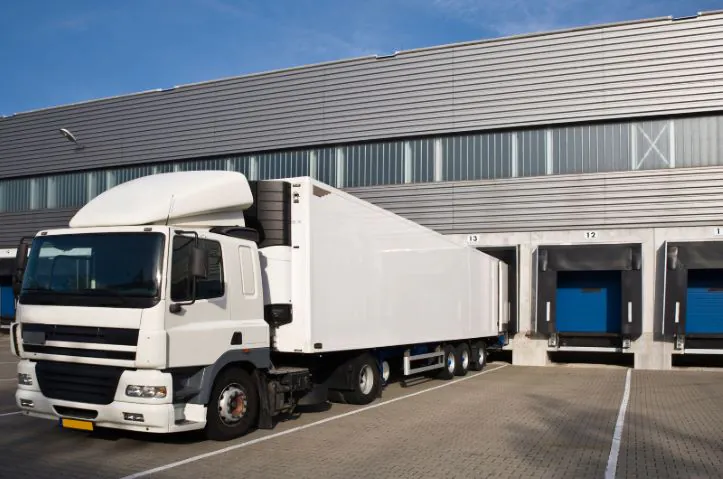
Source: www.canva.com
FAQ 1: What is container stuffing?
Container stuffing is the process of loading goods into a shipping container intended for transport. But it’s not just about throwing cargo into the container. It’s important to arrange the items so that you:
- Maximize the usage of space; it’s essentially like playing Tetris, where you try to fit as many items as possible into the container.
- Properly secure and fasten the items to prevent them from being damaged during transport.
- Evenly distribute the load; an uneven load can cause vehicle instability, which increases the risk of it tipping over or other dangerous situations on the road (especially during braking and turning).
Is there any difference between the terms container stuffing and filling containers?
Yes, there is a slight difference between these terms. Container filling is simply the process of loading cargo into a container without considering other factors. On the other hand, container stuffing is a more comprehensive process that takes into account additional factors, such as a safe weight distribution, securing cargo to prevent damage, and maximizing space utilization.
On the other hand, whether we talk about a „container fill calculator,” a „container loading calculator,” or a „container stuffing calculator,” all of these terms refer to tools that help you plan the loading and help you optimize the placement of items in the cargo space.
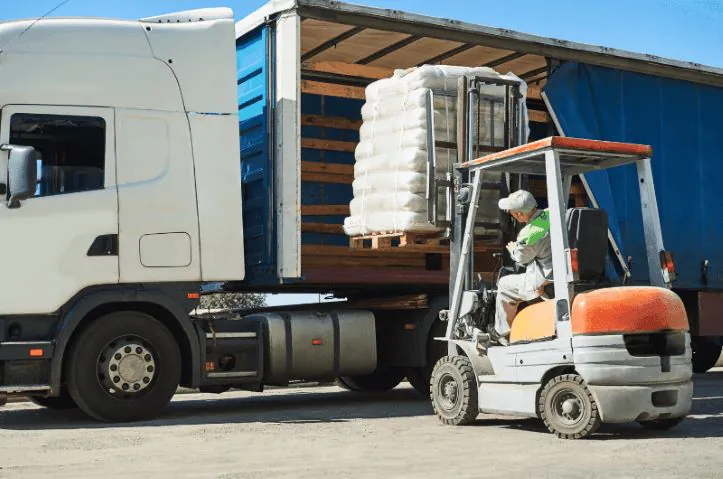
Source: www.canva.com
FAQ 2: What is the container loading capacity?
The volume and weight of cargo that can fit inside a shipping container are known as the container loading capacity. It’s simply a limit on the amount of cargo that a container can handle without compromising safety or exceeding regulatory requirements.
Tip: Learn how to manage a container’s weight, avoid costly errors, and optimize shipping logistics. This article breaks down container weight limits and helps you ensure your loads stay compliant and efficient.
What are the key aspects of container loading capacity?
- Weight capacity refers to the maximum weight of cargo that a container can safely carry. The weight is measured in kilograms (kg) or pounds (lbs.).
- Volume capacity is the total space inside the container, usually measured in cubic meters (CBM) or cubic feet (cu ft.). If you need help calculating CBM, you can use CBM calculator.
- Internal dimensions of the container (length, width, and height) determine how much space it has and how the cargo can be arranged to use that space efficiently.
Tip: In the EasyCargo container stuffing calculator, you can choose from several types of containers and other cargo spaces, such as pallets, axle trailers, semi-trailers, and more. For each cargo space, you’ll find not only its name but also the inner length, inner width, inner height, and max load. If none of the pre-configured cargo spaces meet your needs, you can easily create your own cargo space.
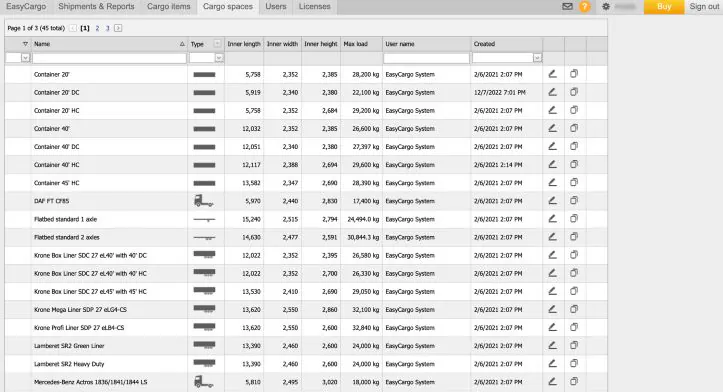
FAQ 3: How do you calculate how much will fit in a container?
To calculate a container’s loading capacity, you need to measure the container’s dimensions and the cargo’s dimensions. Then, sum up the volumes of all items to get the total volume of the cargo. Also, make sure that the total weight of the cargo does not exceed the container’s maximum weight capacity.
Now that you know how much cargo will fit in your container, it’s time to plan how to arrange and stack the items inside the container. Does this process seem time-consuming and challenging to you? And what if we told you that you can handle the entire process of measuring, planning, and checking dimensions in just a few minutes? Sounds good? That is exactly what the EasyCargo container stuffing calculator can do for you.
How does the EasyCargo container fill calculator simplify your load planning?
Here are specific situations where the container fill calculator can speed up and simplify your load planning.
1. Effortlessly select your cargo space
As mentioned, in the EasyCargo application, you can choose from 45 pre-defined cargo spaces or create your own based on your needs. You can save custom cargo spaces and have them easily accessible for future load planning.
Tip: Learn more about the possibilities of working with cargo spaces in this article.
2. Easily create a list of items to be loaded
The EasyCargo container stuffing calculator features a user-friendly interface, making it extremely easy and intuitive to use. With just a few clicks, you can quickly create a list of items (which includes the dimensions, weight, and quantity of each item) for loading. Do you already have a list prepared and don’t want to manually enter item by item into the app? No problem. In the EasyCargo application, you can import cargo items directly from an Excel file by using our template.
Tip: Check out our video tutorial to learn how to import items from Excel directly into the container fill calculator.
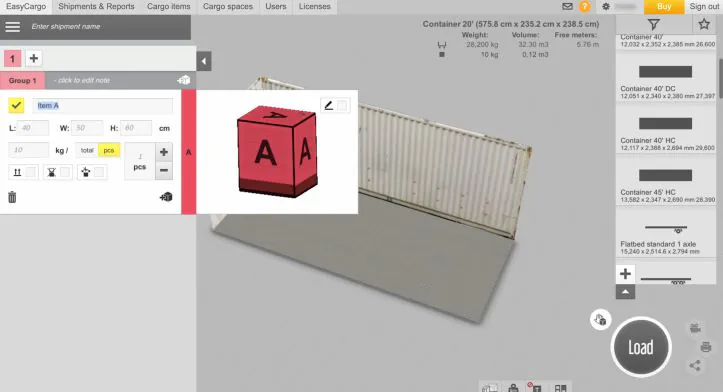
3. Ensure the safety of the transported cargo
In the EasyCargo container stuffing calculator, you can select the following restrictions for each item:
- Do not tilt this cargo item
- Do not stack on top of this cargo item
- Do not rotate this cargo item
Thanks to these measures, you can easily minimize the risk of damage to fragile goods. Plus, you don’t have to remember all of these details when planning. Simply check the desired restriction for specific items, and the container fill calculator will take care of the rest for you.
4. Manually adjust your loading plan
EasyCargo allows you to manually modify the created loading plan. As with everything in the EasyCargo app, manual adjustments are intuitive and allow you to:
- Move individual items or entire groups of items
- Rotate them
- Remove them entirely from the loading plan
Tip: If you’d like to learn more about how the enhanced manual loading feature works, take a look at this journal about enhanced manual loading options.
5. Conveniently share your loading plan with others
You really don’t need to print several physical copies of loading plans to share with suppliers, warehouse staff, and other parties. With the EasyCargo app, you can easily share the load plan via a public link or Excel.
Sharing through an EasyCargo link is straightforward, and the other party will have access to the axle load view, interactive controls, step-by-step functionality, and print reports. What is the catch? There isn’t one. The person you share the link with does not need an EasyCargo license or any other access to the application to open the report via the link as long as your account has an active license.
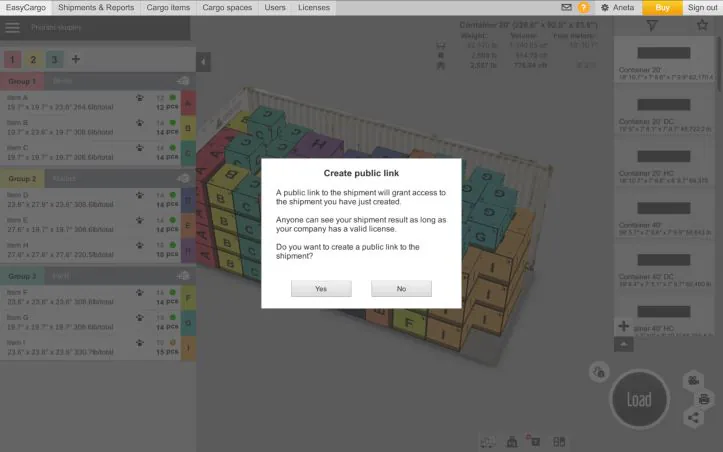
FAQ 4: What is a container’s fill rate?
A container’s fill rate is the percentage of a shipping container’s total available space used when loading cargo. Thanks to this value, you can determine how efficiently the container is filled. The higher the percentage, the more cargo space you’ve utilized, and the more efficient your cargo transportation is.
You can calculate either:
- The weight fill rate, which shows what percentage of the container’s maximum allowable weight is used
- The volume fill rate, which indicates what portion of the container’s total internal volume is filled.
FAQ 5: How do you optimize container loading?
Optimizing container loading is not just about cramming as many items as possible into the container. Here are some strategies to help you optimize your container loading.
Measure and weigh accurately
There is nothing worse than making a mistake right from the start. If you measure and weigh the items incorrectly, even the best container fill calculator won’t help you with loading. Furthermore, make sure you have the correct measurements from the beginning.
Maximize space utilization
Arrange items in the container to make the most of the available space. You might stack items on top of each other or fill gaps with smaller items. What is the easiest way?
You may not be surprised by our recommendation, but use the EasyCargo container fill calculator. The software will plan the optimal arrangement of items in the container in just a few seconds. This way, planning your load will take a fraction of the time, and you will use the maximum space efficiently.

Source: www.canva.com
Secure the cargo
You might be able to fit all of the items you have in stock into the container, but if half of them break during transport, shipping them won’t be very effective. Therefore, make sure to secure your cargo for transport. You can use straps, nets, or other securing materials to keep the load in place.
Balance the load
Distribute the weight evenly in the container to avoid imbalances and safety issues. Don’t put heavy items all on one side or on top, as this can cause the container to tip.
Plan ahead
Plan the arrangement of the cargo in the container before you start physically loading it. Why? So you can ensure that the way you arrange the items in the cargo space is correct and that everything fits. If, halfway through loading, you realize that the largest item won’t fit because you’ve filled the space with smaller items, you’ll have to reorganize the entire load. This means a waste of time and higher labor costs.
Tip: Read the article to find out how to create an effective cargo loading plan—from preparing your shipment data to visualizing the final load layout. Perfect for anyone aiming to load smarter and save time.
Use a container stuffing calculator
The final tip for optimizing container loading is to use a container stuffing calculator, which takes care of the strategies mentioned above. By using the calculator, you will:
- Save time that you would otherwise spend on planning
- Maximize space usage, ensuring the container is utilized to its full potential
- Ensure safe transport of the cargo
Most importantly, all of these benefits lead to significant cost savings.
A great example of this in action is Delkor Systems, a packaging equipment manufacturer that used EasyCargo to streamline their logistics. Thanks to the container stuffing calculator, they reduced planning time by 30% and cut shipping costs by 20% through optimized space usage—proving that smart planning truly pays off.
Use EasyCargo and save money
Now, you undoubtedly know that you can’t move forward without a container stuffing calculator and that it would be a mistake not to use one. Take advantage of the opportunity to try the EasyCargo software for free for 10 days with all of its features. So, what are you waiting for? Sign up and start your free trial now.




